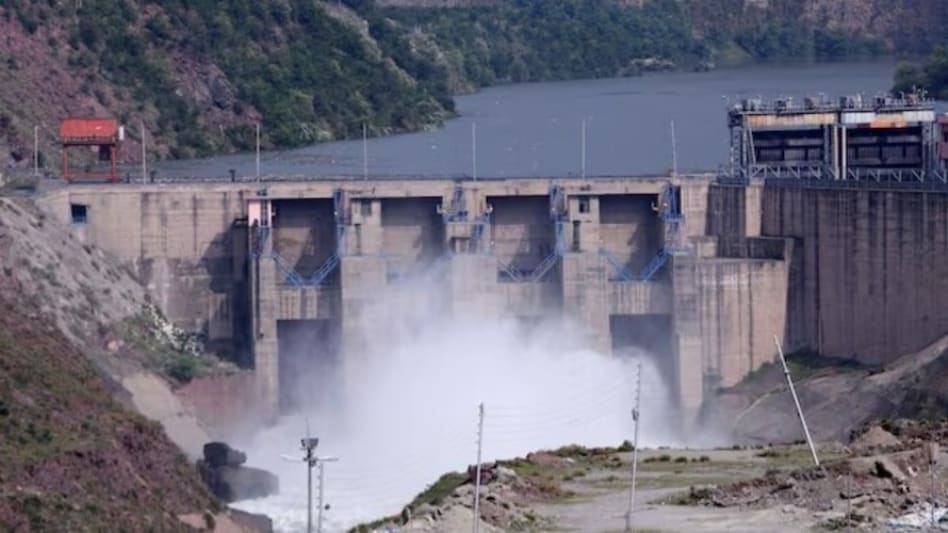 In tandem, the government has begun desilting key canals — Kathua, Ravi and Paragwal — part of a wider effort to modernise the region’s water infrastructure.
In tandem, the government has begun desilting key canals — Kathua, Ravi and Paragwal — part of a wider effort to modernise the region’s water infrastructure.
 In tandem, the government has begun desilting key canals — Kathua, Ravi and Paragwal — part of a wider effort to modernise the region’s water infrastructure.
In tandem, the government has begun desilting key canals — Kathua, Ravi and Paragwal — part of a wider effort to modernise the region’s water infrastructure.In the wake of the Pahalgam terror attack, India is moving to leverage its full share of water under the Indus Waters Treaty, now suspended. As part of this strategic shift, the government is considering a significant expansion of the Ranbir canal on the Chenab River, aiming to boost water usage for irrigation and hydropower — sectors previously constrained by treaty obligations.
India currently utilises a limited portion of Chenab’s water, primarily for irrigation. But with the treaty on hold, officials told PTI that there is new scope for maximising its use, especially for electricity generation.
India is eyeing an upgrade in hydropower capacity from about 3,000 megawatts on rivers that were previously under treaty constraints. A feasibility study is in the pipeline, according to a senior official.
“One of the major plans is enhancing the length of the Ranbir canal to 120 km,” the official said. Since such infrastructure requires long-term planning, “all stakeholders have been urged to expedite the process.”
In tandem, the government has begun desilting key canals — Kathua, Ravi and Paragwal — part of a wider effort to modernise the region’s water infrastructure.
The Indus Waters Treaty, brokered by the World Bank in 1960, divided the six-river system between the two nations. India retained rights over the eastern rivers — Sutlej, Beas and Ravi — while Pakistan had control over the western rivers — Indus, Jhelum and Chenab.
But following the attack, India suspended the treaty, stating it would remain in abeyance “until Pakistan credibly and irrevocably abjures its support for cross-border terrorism.”